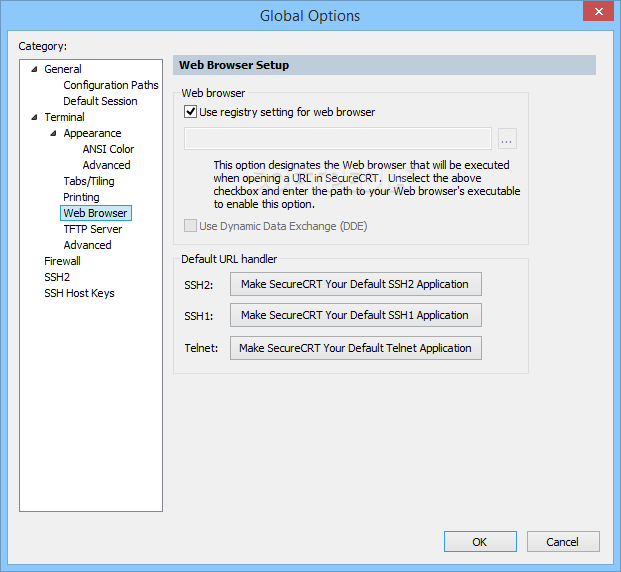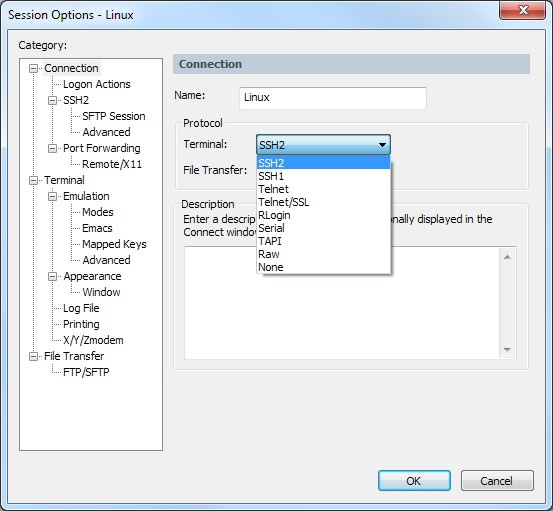

You need to do this only the first time you connect from a client. You should always validate the host's fingerprint. It's tempting to accept the fingerprint that's presented, but that approach exposes you to a possible person-in-the-middle attack. In the following command, replace azureuser and .com with the administrator user name and the fully qualified domain name (or IP address): ssh you're connecting to this VM for the first time, you'll be asked to verify the host's fingerprint.

With the public key deployed on your Azure VM, and the private key on your local system, SSH into your VM using the IP address or DNS name of your VM. If you want to use multiple SSH keys with your VM, you can enter them in a space-separated list, like this -ssh-key-values sshkey-desktop.pub, sshkey-laptop.pub. In the following command, replace myVM, myResourceGroup, UbuntuLTS, azureuser, and mysshkey.pub with your own values: az vm create \ To use the Azure CLI 2.0 to create your VM with an existing public key, specify the value and optionally the location of this public key using the az vm create command with the -ssh-key-values option. The public key that you place on your Linux VM in Azure is by default stored in ~/.ssh/id_rsa.pub, unless you specified a different location when you created the key pair. Similarly in Linux, you can pipe the public key file to programs such as xclip. To copy a public key in macOS, you can pipe the public key file to pbcopy. If you're not familiar with the format of an SSH public key, you can display your public key with the following cat command, replacing ~/.ssh/id_rsa.pub with the path and filename of your own public key file if needed: cat ~/.ssh/id_rsa.pubĪ typical public key value looks like this example: ssh-rsa AAAAB3NzaC1yc2EAABADAQABAAACAQC1/KanayNr+Q7ogR5mKnGpKWRBQU7F3Jjhn7utdf7Z2iUFykaYx+MInSnT3XdnBRS8KhC0IP8ptbngIaNOWd6zM8hB6UrcRTlTpwk/SuGMw1Vb40xlEFphBkVEUgBolOoANIEXriAMvlDMZsgvnMFiQ12tD/u14cxy1WNEMAftey/vX3Fgp2vEq4zHXEliY/sFZLJUJzcRUI0MOfHXAuCjg/qyqqbIuTDFyfg8k0JTtyGFEMQhbXKcuP2yGx1uw0ice62LRzr8w0mszftXyMik1PnshRXbmE2xgINYg5xo/ra3mq2imwtOKJpfdtFoMiKhJmSNHBSkK7vFTeYgg0v2cQ2+v元8lcIFX4Oh+QCzvNF/AXoDVlQtVtSqfQxRVG79Zqio5p12gHFktlfV7reCBvVIhyxc2LlYUkrq4DHzkxNY5c9OGSHXSle9YsO3F1J5ip18f6gPq4xFmo6dVoJodZm9N0YMKCkZ4k1qJDESsJBk2ujDPmQQeMjJX3FnDXYYB182ZCGQzXfzlPDC29cWVgDZEXNHuYrOLmJTmYtLZ4WkdUhLLlt5XsdoKWqlWpbegyYtGZgeZNRtOOdN6ybOPJqmYFd2qRtb4sYPniGJDOGhx4VodXAjT09omhQJpE6wlZbRWDvKC55R2d/CSPHJscEiuudb+1SG2uA/oik/WQ= you copy and paste the contents of the public key file to use in the Azure portal or a Resource Manager template, make sure you don't copy any trailing whitespace. Create a Linux VM using an Azure template.Create a Linux virtual machine with the Azure CLI.Create a Linux virtual machine with the Azure portal.To create a Linux VM that uses SSH keys for authentication, specify your SSH public key when creating the VM using the Azure portal, Azure CLI, Azure Resource Manager templates, or other methods: Provide an SSH public key when deploying a VM In the following command, replace VMname, RGname and UbuntuLTS with your own values: az vm create -name VMname -resource-group RGname -image UbuntuLTS -generate-ssh-keys

If an ssh key pair already exists and the -generate-ssh-keys option is used, a new key pair won't be generated but instead the existing key pair will be used.

The key files are stored in the ~/.ssh directory unless specified otherwise with the -ssh-dest-key-path option. If you use the Azure CLI to create your VM with the az vm create command, you can optionally generate SSH public and private key files using the -generate-ssh-keys option. You can also create key pairs with the Azure CLI with the az sshkey create command, as described in Generate and store SSH keys. The following command creates an SSH key pair using RSA encryption and a bit length of 4096: ssh-keygen -m PEM -t rsa -b 4096 If an SSH key pair with the same name exists in the given location, those files are overwritten.
#Securecrt public key password#
You can specify a different location, and an optional password ( passphrase) to access the private key file. By default, these files are created in the ~/.ssh directory. Use the ssh-keygen command to generate SSH public and private key files. Other key formats such as ED25519 and ECDSA are not supported. Supported SSH key formatsĪzure currently supports SSH protocol 2 (SSH-2) RSA public-private key pairs with a minimum length of 2048 bits.
#Securecrt public key how to#
VMs created using SSH keys are by default configured with passwords disabled, which greatly increases the difficulty of brute-force guessing attacks.įor more background and examples, see Detailed steps to create SSH key pairs.įor additional ways to generate and use SSH keys on a Windows computer, see How to use SSH keys with Windows on Azure.


 0 kommentar(er)
0 kommentar(er)
